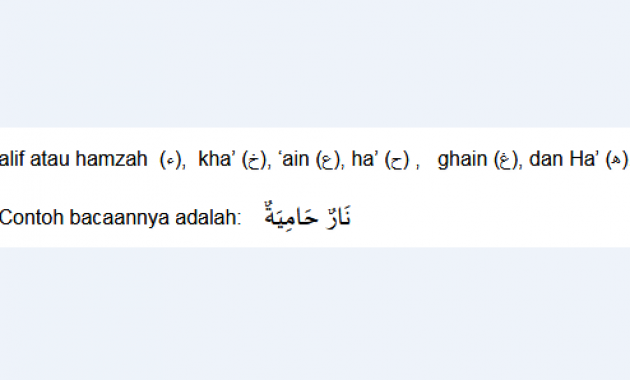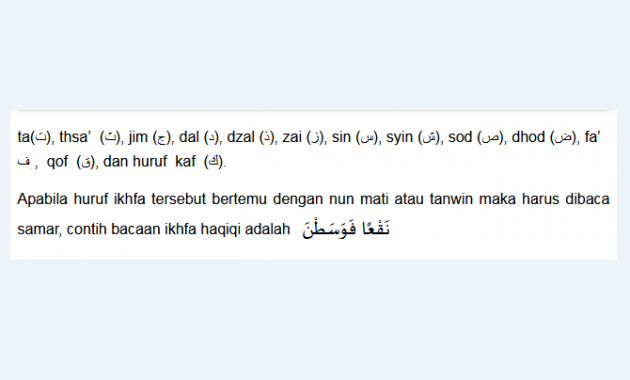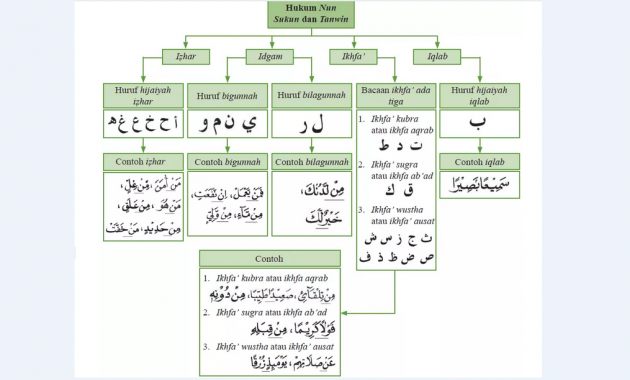Tajweed Law
This time we will discuss Tajweed's law which literally means doing something good and beautiful, Tajweed originates from Arabic and is called "Jawwada & rdquo;.
Reading the Koran is not the same as reading a newspaper. When we read the Koran, we need to understand and recognize punctuation in every sentence in the Koran.
We need to know the science of justice, because if we do not understand and know the science of recitation, the possibility will be different meaning and that is a very big mistake. Basically, use of Tajweed's law to find out the length or the short reading law in the Koran.
The meaning of Tajwid literally means doing something good and beautiful or good and smart. Tajweed originates from Arabic and is called "Jawwada & rdquo;.
Understanding Tajweed Law
The meaning of Tajwid literally means doing something good and beautiful or good and smart. Tajweed originates from Arabic and is called "Jawwada & rdquo;.
Whereas in the science of Qira 'ah the meaning of the transfer of sound from its place by detailing the properties it has. From this it can be concluded that the science of reading is the science that examines the reading and pronunciation of letters contained in the Koran, The hadith, and so on.
Kinds of Tajweed Laws
To find out the law of recitation, which is as follows:
Law of Reading Nun dead or Tanwin
There are several types of reading that need to be understood when reading the Koran. The first is the law of reading nun Mati meets a letter which is divided into several categories:
- Idzhar People
Idzhar means clear according to language, Idzhar Halqi is the law of reading, that is when nun mati or tanwin find one of the Idzhar Halqi letters. The Idzhar Halqi letters are as follows:
2. Idgham bigunnah
Idgham bighunnah means dissolving, accompanied by the number or meaning that one of the dead letters or Tanwin is typed in the next few letters and the buzzing occurs when you meet four letters, that is: Now, Me, Wau, Ya
3. Idgham bilaghunnah
Idgham bilaghunnah has a meaning which is inversely proportional to idgham bighunnah, i.e. melt without buzzing or inserting letters nun die or tanwin in the next hururf without a buzzing sound. When Nun Dead or Tanwin fulfills the letters Lam and Ra & lsquo;.
4. Iklab
Iqlab is the law of the Quranic reading that occurs when a person dies or is married to a hururf who is & rsquo;.
5. Ikhfa Haqiqi
means disguising when nun dies or Tanwin discovers the letter ikhfa, that is :
Legal reading of Mim Dead
The law of reading meme with certain letters includes the following:
1.Idgham mimi
Idgham Mimimi or Idgham Mutamasil is when Mim letters die with Mim letters and the way to pronounce them is to read the double meme letters by buzzing.
2. Ikhfa Syafawi
The supernatural ikhfa is different from the ikhfa haqiqi, ikhfa syafawi is when hururf mim dies meeting with the letter ba. How to read vaguely on the lips and buzzing.
3. Ijar syafawi
Idzhar Syafawi is when a dead Mim meets a letter other than the dead Mim letter with the letter ba. Readings are pronounced clearly on the lips when closing the mouth.
Ideal Reading Law
The legal reading of Idgham includes:
1.Idgham Muthamatilain
The law reads that when letters meet the same letters. For example, Dal letter with Dal.
2. Idgham Mutaqaribain
Idgham mutaqaribain is that the kaf letter is related to the qaf letter when it meets two Mahkraj letters and it is almost the same as the mim letter meets the new letter.
3. Idgham mutajanisain
Idolam mutant is the law of reading when two letters have the same meaning but have different meanings, like the letter ta met thsa, lam meeting ra and dzal and zha.
Law of Mad Reading
Mad Law means continuing. Concerning the scholars of Tajwid and scholars of the Quran, Mad means elongation. There are two types of Mad Laws in the Quran, namely the original mad and mad Far & rsquo; i.
Other Articles :
fasting option
read-prayers
ya-maulidal-musthofa
The post Hukum Tajwid appeared first on this page.


